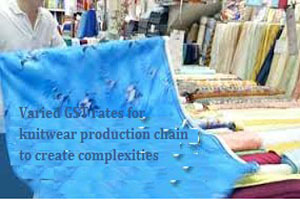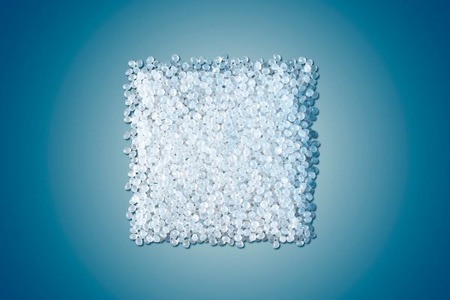
Varied GST rates for knitwear production chain to create complexities
YarnsandFibers News Bureau 2017-06-07 10:00:00 – CoimbatoreWith the different Good and Services Tax (GST) scales fixed for various processes in the knitwear production chain is going to have ramifications considering that the production chain in Tirupur cluster remains mostly disintegrated and also a consequential fear among the apparel exporters of a possible shrinkage in profit margins.
Complexity will arise as job works are going to be taxed at 18 % even though garments attract only 5 %. In Tirupur, processes like dyeing, knitting, fabrication and printing among many others were being carried out as job works, said S. Dhananjayan, a senior chartered accountant and financial advisor to many industrial bodies.
The main annoyance of the exporting community and technocrats is the lack of clarity on the fate of the duty drawback scheme post implementation of GST regime.
Tirupur Exporters’ Association president Raja Shanmugam pointed out that unless the duty drawback rates are made clear, the profit margins can shrink. It is because the central excise, and the service tax components in the drawback are going to get integrated with the GST and only the customs duty component that comes to just over 2 % will be there outside the GST purview.
Tirupur exporters might not be able to pass on financial burden arisen by cut in refunds, to the buyers. Global market is price sensitive and many of their competitors are already enjoying preferential trade tariffs.
Chairman of Confederation of Indian Textile Industry J. Thulasidharan welcoming the low rate for cotton textile sector said that the government should reconsider the rates of MMF products and bring it to 12 %.
The 18 % GST rate on man-made fibre and synthetic yarn would have inverted duty structure problem as the fabric was under the 5 % rate. The high rates for man-made fibre and yarn would lead to an increase in input costs and adversely affect the synthetic sector.
The Indian textile and apparel sector faced competitive challenges from the neighbouring countries and keeping the tax rates high will only escalate textile inflation.
Market Intelligence
Ask for free sample Report

experience
Customer Base
dedicated team
Countries Served Worldwide









